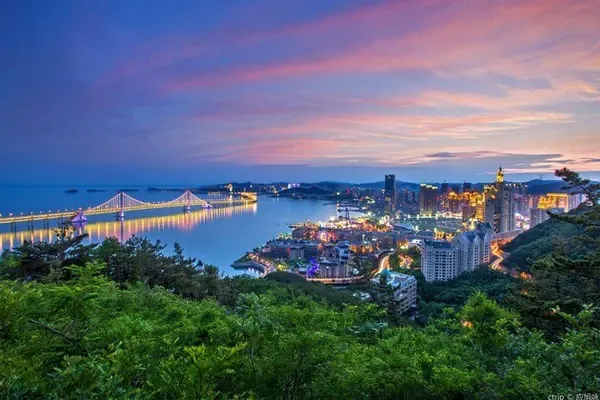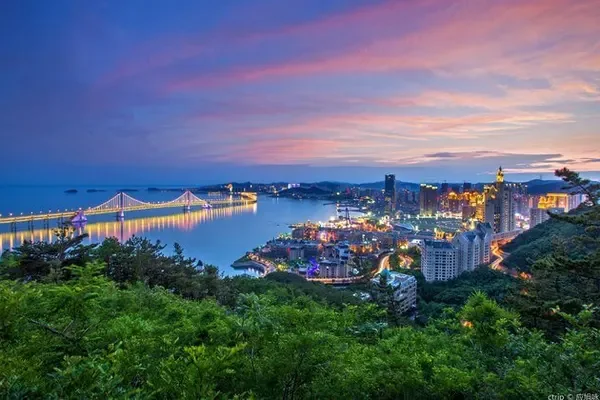introduce
Ganden Monastery is composed of more than 50 buildings, mainly including the Tsoqin Hall, Tsongkhapa Sleeping Hall, Yangbaqian Sutra House, Tsongkhapa Lingta Temple, Jiangzi Zhacang, Xiazi Zhacang, 23 Kang villages, 20 It consists of rice villages. Among the 23 Kang villages, each Kang village has a scripture hall, most of which are two-story buildings built along the mountain, stacked on top of each other. From a distance, it occupies the entire half-mountain. The scale is grand and quite spectacular.

The Tsoqin Hall (meaning the Great Sutra Hall, namely the Daxiong Hall) was built in 1409. It has 108 large pillars and can accommodate 3,300 monks to chant scriptures at the same time. The main offering in the hall is the future Buddha Jamba Buddha, and later added gilt and bronze Buddhas such as Tsongkhapa. In the hall, there is a seat carried by five golden lions, named "Gandan Shichi", which is the seat after the establishment of the Yellow Sect by Tsongkhapa. There is a strange pillar in the main hall, which is a palm-thick distance from the ground. Those who go to Ganden Temple to worship the Buddha should touch the bottom of the pillar to pray for good luck.
On the left side of the Cuoqin Hall is the Yangbajian Sutra Academy, which is four floors high, and the top floor is the Tsongkhapa Lingta Temple, which is "Sedongkang". It is said that 900 taels of silver were spent in casting, and the whole body of the pagoda is decorated with a large number of precious jewels, which is magnificent. The pagoda is covered with a yurt-shaped sandalwood tent, inside the tent is a curtain, and the top of the pagoda is covered with an umbrella, which is very gorgeous.
There are two major dratsangs in Ganden Monastery, Xiazi Dratsang and Jiangzi Dratsang. Jiangzi Zhacang (meaning "Northern Monastery") is the sleeping hall of Ganden Chibak, and also his daily retreat. Xiazi Dratsang (meaning "East Top Monastery") was built by Tsongkhapa personally handed down to Sherpa Rinqin Gyaltsen.
The murals and sculptures in each hall of Ganden Temple are exquisite, and there are many cultural relics treasured in the temple. Among them, in 1757, Emperor Qianlong of the Qing Dynasty bestowed the temple with armor inlaid with gold and silver jewels, written in four languages: Han, Man, Mongolia, and Tibetan, and a complete set of "Kanjur" in the Tibetan "Tripitaka" written by pure gold sweat. Buddhist scriptures, as well as many beautifully made silk "Thangkas", Tsongkhapa's Dharma seat and Zen bed when he passed away. There are 24 thangkas presented by Emperor Yongle of the Ming Dynasty, as well as cushions of Gushri Khan, all of which are rare treasures. All these are enough to show the long history and lofty religious status of Ganden Monastery. Among them, 24 thangkas are displayed to monks and believers every year for as long as three weeks, thus forming the annual "Gandan Embroidery Tang Festival".
opening hours
07:00-17:00 throughout the year; the specific business status is subject to the opening of the day.
must see tips
When visiting the temple, you need to abide by the rules of the temple and the customs of the Tibetans, and you must not be rude to sacred objects such as ritual instruments.







